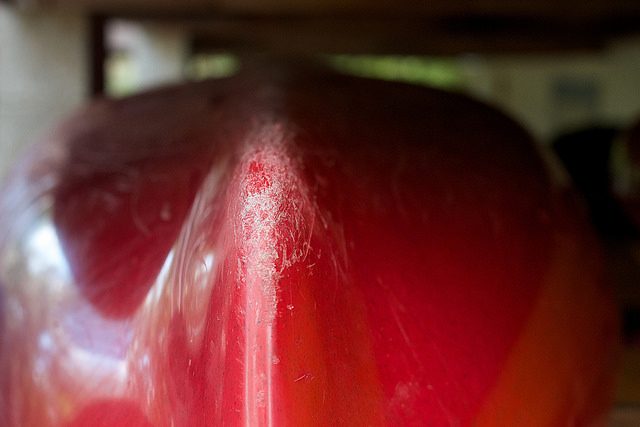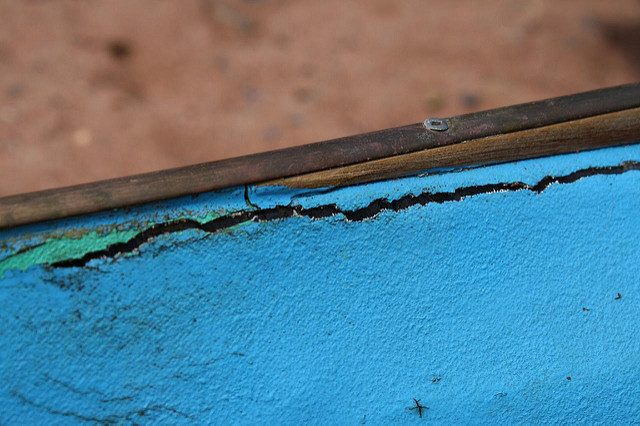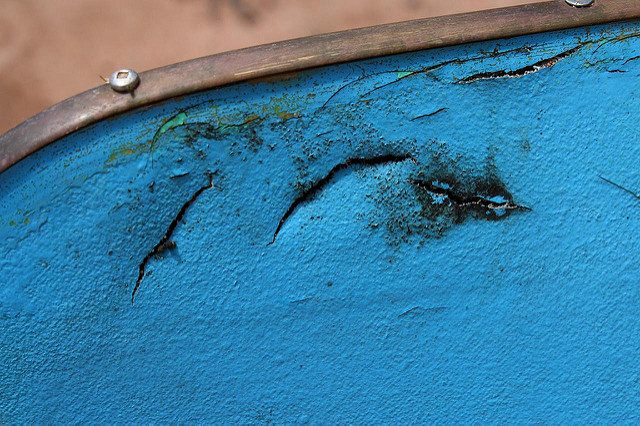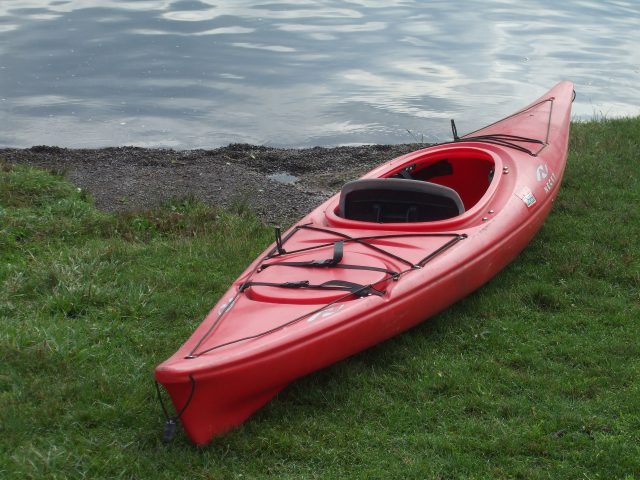Repairing plastic canoes and kayaks
Although it might not seem that challenging, repairing a kayaking boat is a demanding job, and at times it is simply not possible to restore the boat to its original glory. It all comes down the basic make-up of the boat.
The material that goes into making most plastic kayaks and canoes is called high density polyethylene or HDPE. The same chemical properties that contributed towards the making of a kayak prevent it from bonding with other material, making HDPE a really difficult material to repair.
This doesn’t really mean that there is no hope if your kayak is broken or in urgent need of repair. Far from it. You can use a number of rather simple tools and techniques to at least keep your boat afloat. Here is the list of some of those methods and their application.
Gouges and Scratches in Kayak

Scratches and gouges are considered the most common damage to a kayak due to its make-up and the very operations it undergoes on day to day basis. Kayaks can get these scratches, some deep others not so much, from hitting rocks in shallow water, being launched from a beach, or while transporting them from one storage point to another. Most of the scratches that end up simply peeling off the outer plastic coating are nothing to be concerned about. You can simply use a knife and shave off the lingering particles to keep it all smooth.
In some rare cases, these gouges are really deep and are visible enough to be a cause of concern. In this case your only hope is to use other parts of the boat to repair the damage. You can simply melt some bits of the boat and use the melted plastic to cover and patch the gouges. You can use a lighter to melt and a knife to simply transfer the melted bits onto the gash. If you don’t want to sacrifice any other parts of the boat, you can buy HDPE welding rods from a kayaking shop. You can also utilize some milk cartons that are made from HDPE to melt and mend your boat with.
Holes in the Decks
Holes are very common to develop and appear on the deck, since there are hundreds of parts literally screwed together to make the boat. If these screws get loose and lose their place, a hole is left behind and water can then enter into the boat through that hole. You can use duct tape to cover these small holes. However, you may need to periodically change these dressings to make sure the water doesn’t find a way through them, as duct tape will lose its adhesiveness after a while.
Cracks in the Kayak

Cracks are more likely to appear in your kayak if you keep using it on a variety of different terrains. Cracks aren’t often a huge concern, however, when it comes to the seriousness of the cracks in your kayak. The location of the crack is very significant and often crucial. Most of the cracks that appear on top of the boat can be simply dealt with a covering of duct tape or silicone. However, this won’t fix the problem, but should be enough to keep the crack from spreading and getting any worse.
If cracks are developing on the underside of the kayak, then it’s a cause for serious concern and must be dealt with professionally. Any vulnerability on the underside of the boat is a disaster waiting to happen and must be prevented at all costs.

The kayak must not be taken in the water and paddled until it has been properly checked and all the cracks lurking under its belly are dealt with adequately. It is better to let the professionals deal with such a serious issue, but if you are unable to find an expert you can perform the job yourself with some care. Drill carefully on either side of the crack, as this will prevent the crack from spreading and will stop it in its tracks.
The next step is to plastic weld the crack from the head to the end of the tail. Be mindful of the fact that by attempting to repair the crack in your boat by yourself, you are simply risking the safety of your boat and could potentially cause further damage, hence you should proceed with utmost caution. Leave the cracks to dry and this should be enough until you find a professional. Make sure you get it professionally checked before your next trip.

If you have any comments then please drop us a message on our Outdoor Revival Facebook page
If you have a good story to tell or blog let us know about it on our FB page, we’re also happy for article or review submissions, we’d love to hear from you.
We live in a beautiful world, get out there and enjoy it. Outdoor Revival – Reconnecting us all with the Outdoors.





